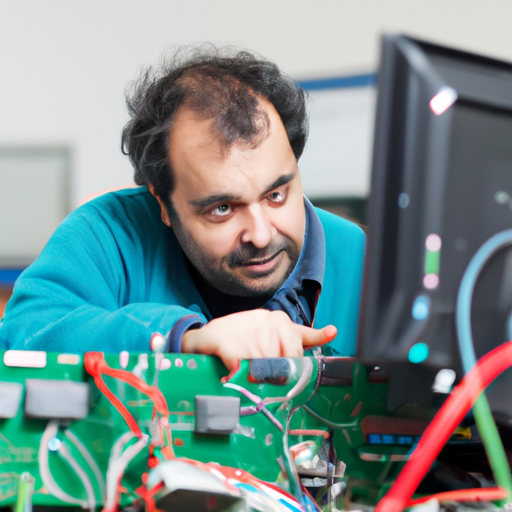In today’s technology-driven world, embedded systems play a crucial role in the functionality of various devices, from household appliances to industrial machines. This blog post explores what embedded systems are, their components, and their applications in various industries.
What are Embedded Systems?
Embedded systems are computer systems designed to perform dedicated functions or tasks within a larger system. Unlike general-purpose computers, these systems are embedded as part of a device and are optimized for specific performance and functionality requirements.
Key Components of Embedded Systems
- Microcontroller: The brain of the embedded system, it executes the control algorithms and processes input from various sensors.
- Memory: Used for storing data and programs, embedded systems utilize different types of memory, including RAM, ROM, and flash memory.
- Input/Output Interfaces: These allow communication between the embedded system and the external environment, such as sensors, actuators, and other systems.
- Power Supply: Embedded systems often require efficient power management to operate, particularly in portable devices.
Applications of Embedded Systems
Embedded systems are everywhere! Here are some common applications:
- Consumer Electronics: From washing machines to microwaves, embedded systems control operations and improve user experience.
- Automotive: Modern vehicles utilize embedded systems for engine control, safety features, and entertainment systems.
- Healthcare: Medical devices like heart monitors and infusion pumps rely on embedded systems for accurate and reliable operations.
- Industrial Automation: Robotics and automated machinery use embedded systems for process control and monitoring.
- IoT Devices: The Internet of Things is built on embedded technology, connecting devices to the internet for enhanced functionality and data sharing.
Challenges in Embedded Systems Development
Despite their advantages, developing embedded systems can be challenging due to factors such as limited resources, stringent real-time constraints, and varying development environments. Engineers must consider:
- Efficiency in processing and power consumption
- Reliability under different operating conditions
- Security against vulnerabilities and threats
Conclusion
Embedded systems are an integral part of our daily lives, driving innovation across multiple industries. As technology evolves, the importance of understanding embedded systems and their applications will only grow.
Get Started with Embedded Systems
If you are interested in diving into the world of embedded technology, consider exploring online courses, joining forums, and getting hands-on experience with development kits. There’s a vibrant community of professionals and enthusiasts ready to share their knowledge!
For more information on embedded systems and their applications, subscribe to our blog!




